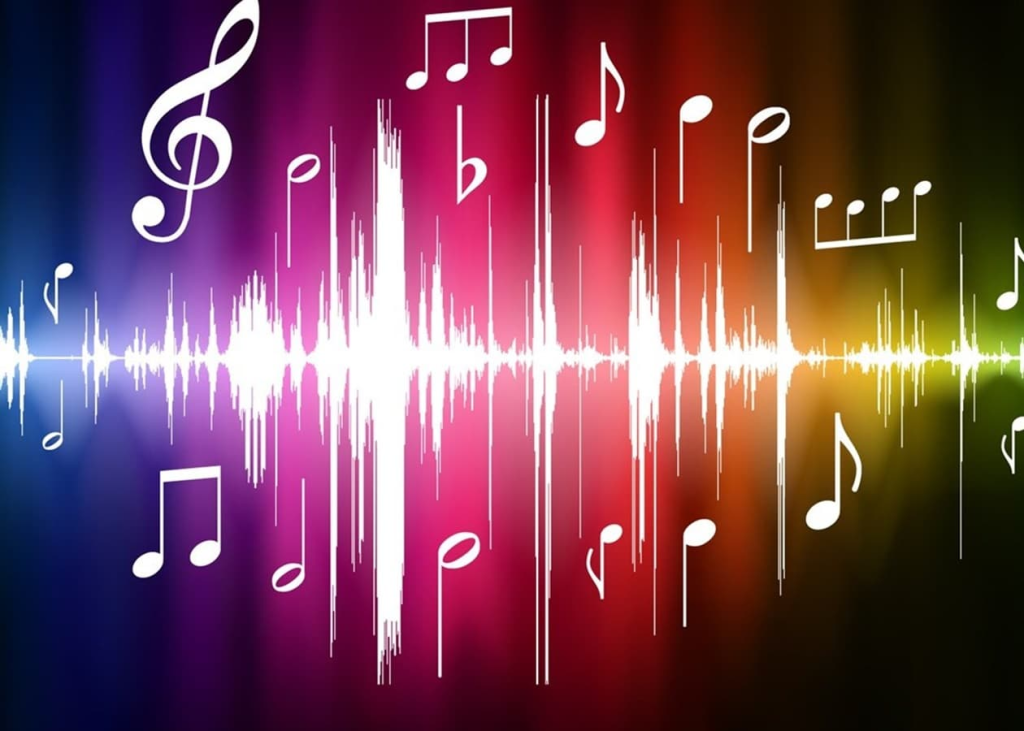The music industry continues to experience profound transformation, presenting both exciting opportunities and complex challenges for artists, producers, and industry professionals. Understanding current music industry trends has become essential for anyone looking to build a sustainable career in this dynamic ecosystem. From revolutionary distribution models to emerging revenue streams, these shifts are reshaping how music is created, shared, and monetized in ways that would have been unimaginable just a decade ago.
The Streaming Revolution Continues
Streaming platforms have fundamentally altered the industry’s economic model, now accounting for over 83% of recorded music revenue in major markets. This paradigm shift has restructured how artists and labels approach everything from release strategies to song structures.
Platform-Specific Optimization
Each major streaming service operates with unique algorithms and user experiences, leading to platform-specific strategies:
- Short, hook-forward compositions for playlist placement
- Consistent release schedules maintaining algorithmic favor
- Strategic use of canvas videos and enhanced content
- Consideration of music streaming analytics for real-time campaign adjustments
- Cross-platform coordination for maximum impact
This environment rewards artists who understand not just musical creation but data interpretation and strategic planning.
Changing Consumption Patterns
Listener behaviors continue evolving within the streaming ecosystem:
- Increased genre fluidity and playlist-based discovery
- Growing preference for background and functional music
- Shorter attention spans requiring immediate engagement
- Rising importance of mood-based rather than genre-based categorization
- Growing international listening transcending traditional market boundaries
These behavioral shifts require adaptations in both creative approaches and marketing strategies.
The Empowered Independent Artist
Perhaps the most significant music industry trend involves the unprecedented opportunities for independent artists to build sustainable careers outside traditional structures.
Direct-to-Fan Relationship Building
Independent success increasingly relies on cultivating direct audience connections:
- Artist-owned platforms and communication channels
- Community-building through exclusive content and experiences
- Subscription models providing predictable revenue
- Direct feedback loops informing creative decisions
- Value-focused offerings beyond simply recorded music
These direct relationships reduce dependence on intermediaries while creating more sustainable business models.

New Distribution and Partnership Models
The infrastructure supporting independent careers continues expanding:
- Artist service companies offering label functions without ownership claims
- Distribution platforms providing increasingly sophisticated marketing tools
- Selective rights partnerships preserving creative control
- Investment models beyond traditional advances
- Collaborative networks sharing resources and audiences
These evolving structures allow artists to select partnerships aligning with specific needs rather than accepting comprehensive but restrictive deals.
Social Media’s Evolving Role
Social platforms continue transforming how artists develop audiences and careers.
Short-Form Video Dominance
TikTok and similar platforms have become essential artist development tools:
- Viral moments launching previously unknown artists into mainstream success
- Song structure and production adaptations for short-form optimization
- Authentic creator participation trumping traditional marketing approaches
- Direct correlation between platform performance and streaming numbers
- Accelerated discovery cycles requiring constant content creation
This environment rewards consistency, authenticity, and creative adaptability over traditional marketing expenditures.
Social Commerce Integration
The boundary between social engagement and commerce continues blurring:
- In-platform purchasing of merchandise and experiences
- Seamless transitions between content consumption and support actions
- Creator funds providing direct platform-based compensation
- Virtual gifting and tipping mechanisms during livestreams
- Integrated ticketing for virtual and physical events
These integrations reduce friction between audience appreciation and economic support.
Diversified Revenue Architecture
Successful music careers increasingly require multiple complementary income streams.
Beyond Recorded Music
While streaming provides visibility, additional revenue sources offer sustainability:
- Expanded merchandise beyond traditional offerings
- Virtual experiences and digital goods including NFTs
- Sync licensing for growing content production markets
- Brand partnerships aligned with artist authenticity
- Educational content leveraging artistic expertise
This diversification creates resilience against market volatility while maximizing fan engagement opportunities.

The Live Music Evolution
After pandemic disruptions, live music continues evolving:
- Hybrid events combining physical and virtual elements
- Dynamic pricing models optimizing revenue potential
- Experience-focused offerings beyond standard performances
- Strategic routing combining major markets with underserved areas
- Integration of live moments within broader content strategies
These approaches recognize live music’s irreplaceable value while adapting to changing economic realities.
Global Market Expansion
The industry increasingly operates as a truly global ecosystem rather than separate regional markets.
Emerging Market Growth
Several regions show exceptional growth potential:
- Latin America’s streaming adoption accelerating rapidly
- African music scenes gaining international visibility
- South and Southeast Asian markets developing infrastructure
- Middle Eastern regulatory changes opening new opportunities
- Eastern European digital consumption growing substantially
Artists who approach these markets with cultural sensitivity find enthusiastic new audiences.
Cross-Cultural Collaboration
International partnerships create opportunities for authentic cultural exchange:
- Language-crossing remixes expanding audience reach
- Collaborative projects highlighting diverse traditions
- Genre fusion creating distinctive artistic signatures
- Distribution partnerships navigating regional complexities
- Translation and localization expanding content accessibility
These collaborations create distinctive artistic offerings while accessing multiple market segments.

Data-Driven Decision Making
Analytics capabilities continue transforming how industry decisions are made.
Predictive Marketing
Advanced data utilization enables more efficient promotion:
- Audience segmentation based on behavioral patterns
- Predictive modeling for marketing resource allocation
- A/B testing across messaging and creative elements
- Attribution analysis identifying effective channels
- Competitive intelligence informing strategic positioning
These capabilities allow more precise targeting with smaller budgets, particularly benefiting independent artists.
Creative Applications
Data increasingly informs artistic decisions without replacing creative intuition:
- Analysis of successful compositional elements
- Identification of underserved stylistic niches
- Testing of creative variations with focus groups
- Real-time feedback incorporation during development
- Pattern recognition across successful releases
When properly applied, these insights enhance rather than constrain artistic expression.
Conclusion
The current music industry trends reflect both technological transformation and fundamental shifts in how audiences engage with music and artists. Success in this environment requires understanding these dynamics while developing authentic artistic identities that connect meaningfully with audiences.
For those navigating these changes, adaptability, continuous learning, and strategic thinking have become as essential as musical ability. By embracing these evolving models while maintaining artistic integrity, both established and emerging artists can build sustainable careers in this dynamic landscape.
